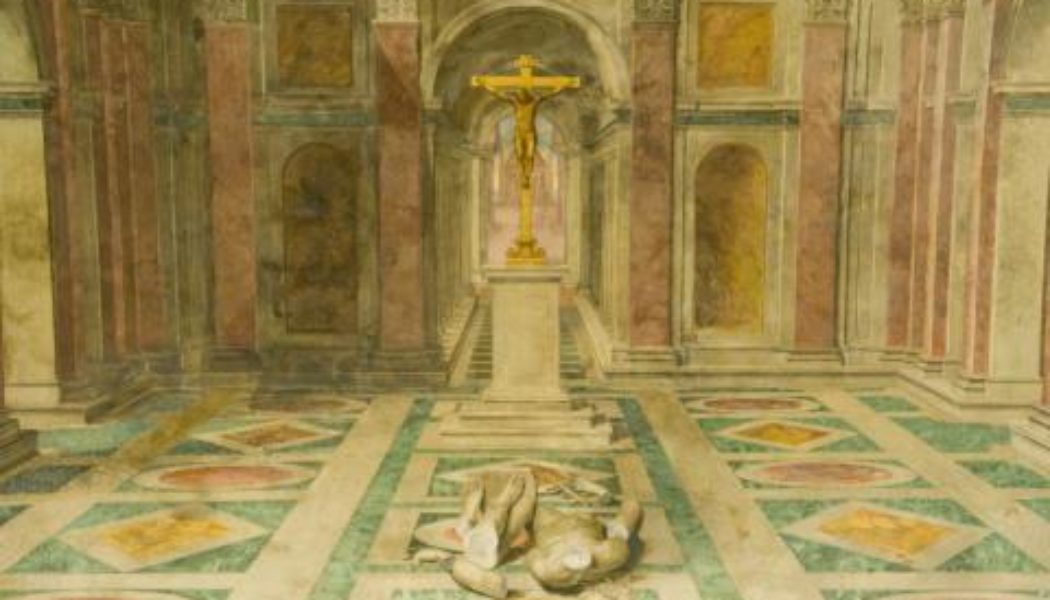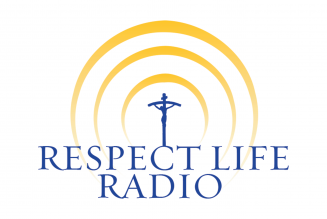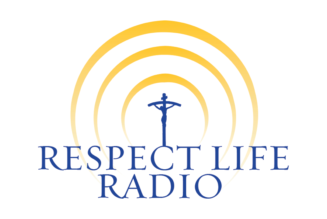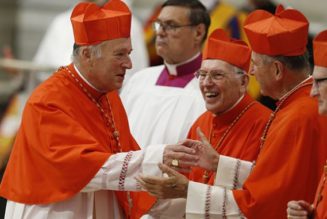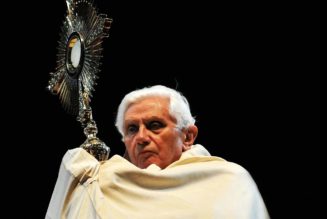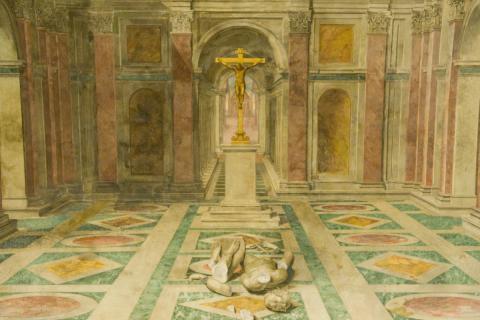
Perhaps you have found yourself in this sort of a situation: you are in a conversation that touches on Christianity, and at a certain point a historical Molotov cocktail is thrown into the middle of it, “Yes, but what about the Crusades (or the Inquisition, or the trial of Galileo, or the imperialistic colonial missionaries, or the Renaissance popes with their mistresses and poisons)?” There you stand, stuttering, partly because such questions often have no applicability to the current conversation, partly because you do not know very much about any of these things, and partly because you are sure that the person tossing the cocktail does not know much about them, either. There seems to be nothing that can be said or done: it is simply a conversation stopper, which might have been the point of flinging the cocktail in the first place.
Part of the difficulty with such situations is that many modern people have dim notions of these historical claims that have been passed on as part of the tradition of anti-Catholic propaganda that supposedly everyone knows. People have picked them up somewhere, and they think they are dealing in settled facts. When one takes the time to investigate these various failures of the Church, however, one finds that they are seldom what they have been reported to be. In many cases it turns out that they were not failures at all, or that they were failures in a way quite different from what has been reported, or that while failure was involved the degree of failure has been exaggerated greatly. The disparity between what “everyone knows” and what actually can be ascertained by historical study is often very striking – even astonishing – and steady historical research seems to have little influence on dispelling these errors in the popular mind.
There is something anomalous about this. No one, least of all Christians, should be surprised at finding sins, faults, and errors of judgment by Christians in the historical record; indeed, even the best members of the Church are sinful humans of limited talent and wisdom. There has never been a lack of nominal believers – and even outright hypocrites – within the Church to further compound the problem. Beyond that, there are always differing judgments about matters of history, occasional mistakes, or even purposeful misrepresentations in historical treatments of any kind. History is not an exact science, as the human past is a complex matter and historical data are often scarce or incomplete. In the case of the Catholic Church, however, the magnitude of the errors concerning its history, the vehemence with which the errors are held, and the great difficulty encountered by serious historians in correcting the historical record are without parallel, which all seems to demand some kind of explanation. It can be troubling for the believer to be confronted constantly with the supposed dark past of the Church. Christians who do not have the time to sort out the historical record can come unconsciously to accept the errors as simply true.
This brief article is an attempt to explain why this anomalous situation exists and to give some principles of historical analysis that can help the honest inquirer gain a more accurate picture of the Christian past.
The historical problem might be put simply this way: the Christian Church, despite the flaws of its members, is on any fair hearing among the most impressive institutions in the history of the world. It has been at the heart of innumerable civilizational achievements and has been instrumental in the development of just forms of government, notably democracy. In addition to being a consistent patron of the arts, it has preserved and creatively developed human education and has provided a fertile soil for the development of science. The Christian Church has been decisive in the repudiation of slavery and a great promoter of human rights, and it has been by far the largest charitable organization that the world has ever known. Yet, despite these and other remarkable achievements, it is often held to be the source of all manner of evils, and to be among the worst, or even the very worst, of human institutions that ever came to exist. Its contributions tend to be denied or minimized, and its sins and errors exaggerated or presented in an egregiously one-sided way. Why?
As it happens, there are reasons for this inaccurate and often unfair historical treatment, reasons that go to the heart of the drama of the human race and the place of the Church in that drama. These reasons do not excuse the historical errors, but they help to make those errors explicable and can point to ways of viewing the historical record with greater accuracy.
Reason #1: The Church is unique among human institutions in its essence.
We never want to stray far from Aristotle’s fundamental maxim about the proper way to investigate any given aspect of reality: one studies a thing according to the nature of the thing being studied.
One of the roots of the historical problem we are addressing is to be found in a serious misunderstanding right at the start. The Church needs to be studied with a different lens than other human institutions insofar as it is unlike any other human institution, not just in its details, but in its essence. To say this is not to indulge in a kind of Christian jingoism or to insist that Christianity is somehow special because we happen to be part of it. The uniqueness of the Church comes from a fact of its nature. Because Christ is God himself come among the human race, and because the Church is the Body of Christ – the mysterious but real incarnation of Christ’s Holy Spirit on earth – the Church has a quality that no other organization or institution possesses: it is by its nature both human and divine.
As to its humanity, the Church shares with other human institutions all the various aspects of institutional life. It has a government, a set of ideals, a way of gathering, a multitude of cultural expressions, and an economic and a social existence, the same as any other large assembly of humans organized for a particular purpose. It is likewise comprised of people who are of the same flawed and sinful stuff as those around them. In all these ways and in many others, the Church is similar to other human organizations and can be viewed and examined as one institution among many of a similar kind.
At the same time, and more essentially, the Church is a divine institution. Christians point to this when they recite creeds that call the Church “holy.” The Church is holy not because of the impressive quality of its human members, but because it is the dwelling place and the visible clothing of the invisible Holy Spirit. God himself resides in the Church and reveals Himself through it in an entirely unique way. This presents certain difficulties in understanding its history.
It is instructive that a similar difficulty presents itself in studying the life of Jesus of Nazareth. Jesus was human, with all the characteristics of other humans. It is therefore possible to view him simply in his human qualities and relations. He lived and died in a particular place; he came from a specific family; he had the same outward possibilities and limitations as other members of the human species. Many who study his life put him alongside other influential people who seem to be in the same category: Moses and Mohammed; Lao Tzu and Confucius; Buddha and Zoroaster. Given the human nature of Jesus, this is understandable – but it is a serious error. Jesus was not only a human. He was also the divine Son of God. In this he is radically unlike all those others: he is in a category by himself. In coming to terms with his character and his history, his divinity will need to be taken into account.
Join Our Telegram Group : Salvation & Prosperity
